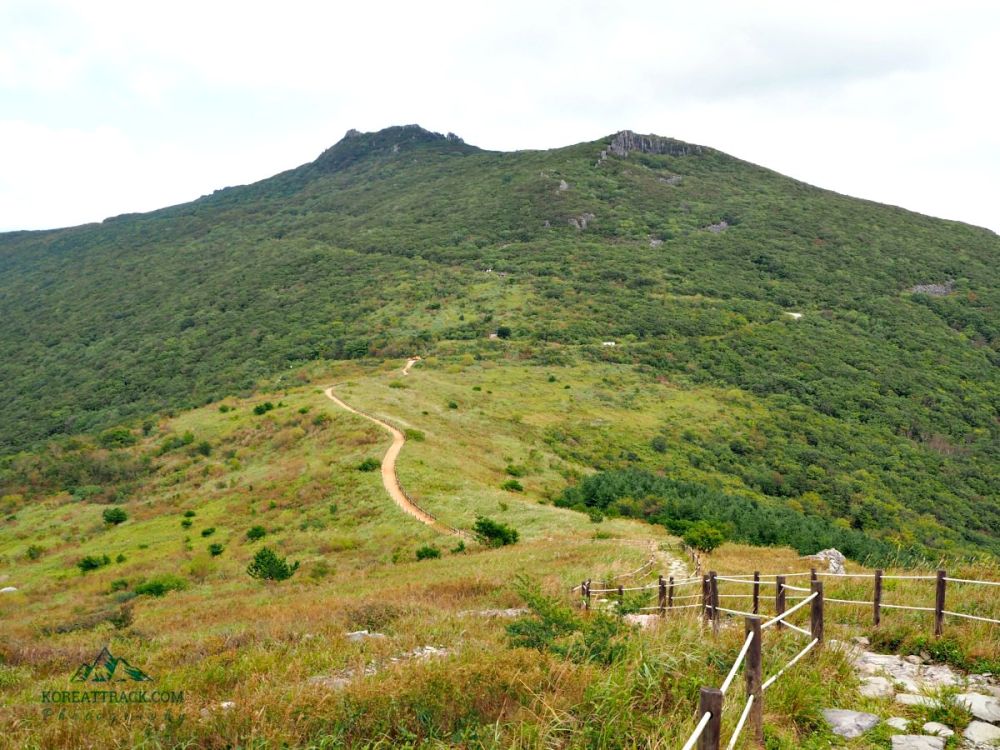

Mudeungsan National Park, located in Gwangju, South Korea, has long been a cherished natural landmark in the region. While the area has been known for its natural beauty for centuries, its history as a designated national park is relatively recent. Before achieving national park status, Mudeungsan was recognized for its outstanding natural features and cultural significance, with areas used for religious purposes and nature worship.
The mountain at the heart of the park, Mount Mudeung, has always been revered by the locals. Ancient folktales suggest that the mountain was a site for mountain gods, highlighting its spiritual significance. Many temples and hermitages were established throughout the area, signifying its importance as a religious site. This historical reverence laid the foundation for the region's early tourism as individuals traveled to experience its spiritual and cultural atmosphere.
With the modernization of South Korea in the 20th century, the area saw an increase in recreational visitors. Individuals and families started trekking and exploring the mountain's natural resources, attracted by its lush forests, unique rock formations, and scenic vistas. Hiking trails were established, and visitor amenities were slowly introduced, marking the beginning of a more structured tourism industry in the Mudeungsan region.
Recognizing the value of the region, Mudeungsan was designated as a provincial park in 1972. This action helped to protect the integrity of the natural and cultural resources and provided a boost to local tourism with improved infrastructure and conservation efforts. As a provincial park, Mudeungsan gained popularity not only among domestic travelers but also started to draw the attention of international nature enthusiasts.
The crowning moment in the history of tourism at Mudeungsan was its designation as a national park on December 2012. Mudeungsan National Park became South Korea's 21st national park, solidifying its status as a prime destination for nature lovers and adventure seekers. This recognition led to more efficient conservation and increased funding for visitor facilities, promoting sustainable tourism practices.
Recent trends in tourism at Mudeungsan National Park have been influenced by the global movement towards eco-tourism and responsible travel. Visitors are increasingly interested in activities that have minimal environmental impact, such as hiking well-established trails, bird watching, and enjoying the park's biodiversity. The park authority has also developed educational programs to inform visitors about the importance of conservation.
A new trend that has gained traction is the concept of "healing tourism", where visitors engage in stress-relieving activities surrounded by nature. Mudeungsan National Park has become a perfect spot for those seeking to escape the hustle and bustle of city life and find tranquility in the park's serene environment.
Today, Mudeungsan National Park stands as a testament to South Korea's commitment to preserving its natural heritage while promoting responsible tourism. Year after year, the park continues to attract a growing number of visitors, drawn by its breathtaking landscapes, rich history, and the promise of an unforgettable outdoor experience.